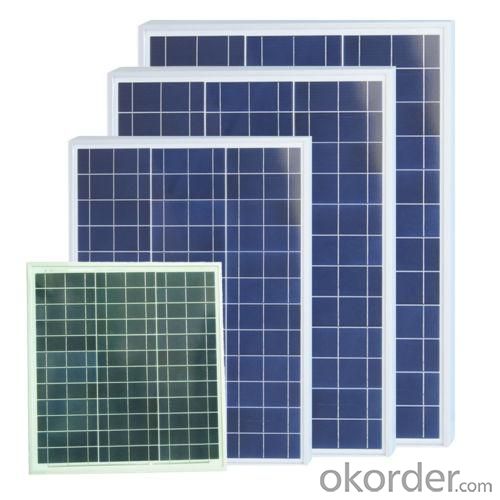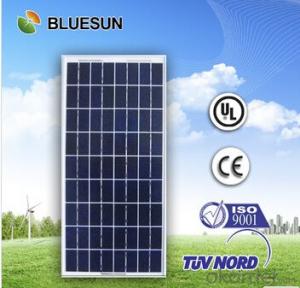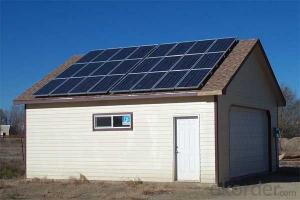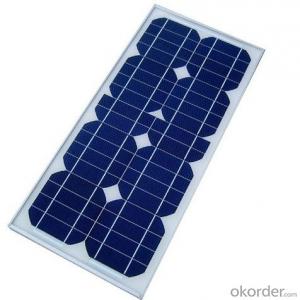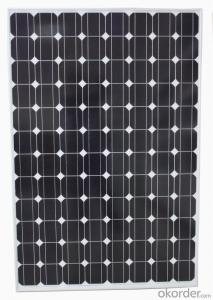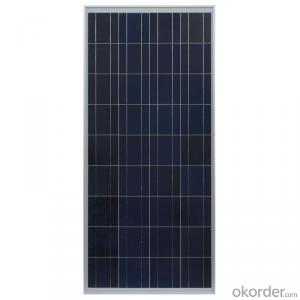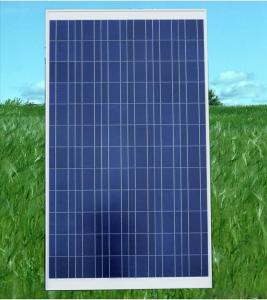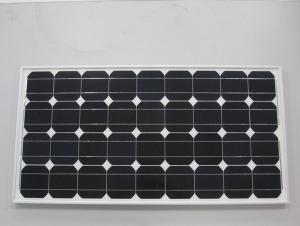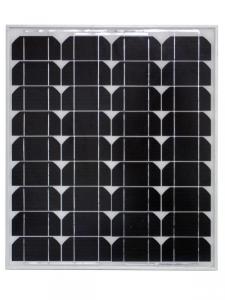Specifications
1.Power Tolerance:: 0~+3%
2.Product Defect Warranty:: 10 Years
3.Power Output Warranty:
- 90%:: 12Years
- 80%:: 30Years
Model | Pm(W) | Voc(V) | Isc(A) | Vmp(V) | Imp(A) | Dimension(mm) | Weight(kg) | Cell Q’ty | Cell Dimension(mm) |
NBJ-30P | 30 | 21.81 | 1.77 | 18.00 | 1.67 | 670×390×25 | 3.8 | 36 | 156×36 |
Packaging & Delivery
Packaging Details:1. Pack with Canton Boxes, and with wooden box. 2. Pack with Wooden Box
Delivery Detail:5 days

